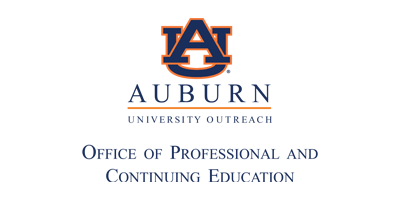Overview
Biology is the study of life – from the smallest of organisms no larger than single cells to the most complex plants and animals that make up the world we live in. As part of biology, anatomy refers to the structures associated with the human body and physiology covers the function of each of these structures. The human body is one of the most complicated organisms on the planet, yet despite the fact that each of us owns one of these complex machines, very few of us understand its complexities, functions and capabilities. Like all living organisms, in order for human bodies to work properly, all of its parts must function as optimally as possible all the time. For any individuals working in health careers, a full understanding of all life around us including our own is fundamental to success on the job.
Learners completing this program will gain a fundamental understanding of the biological principles and the properties of life, considering the structure and function of plants and animals, their relationship to various organisms, to each other and the environment they inhabit. Taking an in-depth look at cell biology principles, reproduction, development and growth, students will begin to understand the mechanics of evolution, inheritance and genetics. Participants will learn the various ways for classifying different organisms, animals, and plants, as well as the human body, the characteristics and distinctions between them as well as the way in which all of these organisms contribute to the overall environment.
This program also provides an overview of the anatomical structures and physiology of the human body. Each body system is discussed in terms of the major anatomical structures and functions including how each system participates in homeostasis of the body. In addition, the program discusses selected major pathologies, including disease definitions and causes, signs and symptoms, diagnostic procedures, and possible treatments. Finally, the program will present common issues and changes that occur in each body system through the lifespan.
Program Objectives
After completing this program, learners will be able to:
- Explain basic biology concepts and terminologies
- Outline the structure of the living world
- Explain the relationship among DNA, mRNA, amino acids, and proteins
- Distinguish between two types of cellular division
- Classify components of animal and plant cells
- Analyze energy flows and membrane transport within the cell
- Determine the mechanisms of evolution
- Analyze different patterns of inheritance
- Distinguish different types of biodiversity
- Analyze population growth and decline
- Explain basic industrial biotechnological procedures
- Outline components of ecology
- Describe the organization of the human body
- Explain the contribution that each body system makes to homeostasis of the body
- Identify the major anatomical structures and the purposes of each body system
- Explain basic physiological processes in each of the body systems
- Describe selected human diseases in terms of definition, cause, signs and symptoms, diagnostic procedures, and possible treatments for each of the body systems
- Describe common issues or changes that occur in each body system throughout the lifespan
- Use Microsoft Office®
Certification
National Certification:
- National Workforce Career Association (NWCA) Biology (BIO)
- National Workforce Career Association (NWCA) Anatomy & Physiology (A&P)
Financial Aid
Request Information
See where this program is available
ENROLLMENT OPTIONS
View
Auburn University
Military Grants
See MorePayment Options
See More
Full Payment (includes National Certification)
Full Payment
$3,999.00
0% interest. 3 equal payments
eLearning 3 Payments
$1,333.00
0% interest. 6 equal payments
eLearning 6 Payments
$666.50
- All payment plans do not require and have no credit check. Enjoy 0% interest on each payment plan.
All payment plans do not require and have no credit check. Enjoy 0% interest on each payment plan.
